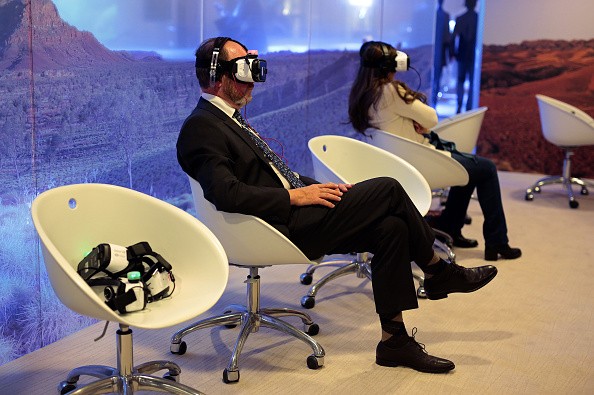
Can virtual reality headsets help heroin users kick their addiction to the curb? A new US study explores if responding to craving through a virtual world can help addicts do so in the real world.
Participants in a new study at the University of Houston will be asked to put on virtual reality headsets and navigate through a "heroin cave," NBC News reported. In the cave, there will be stimuli aimed at evoking cravings for the drug.
According to the creators, the simulation took almost a year to create.
An eight-camera infrared system projects 3D avatars and environments in a life-sized form so that it looks more real and authentic. Participants can interact in a virtual reality chamber. The experiment is a response to the limitations of traditional therapy.
In a traditional therapy, patients normally undergo role playing, but the context is "all wrong," University of Houston Associate Dean of Research Patrick Bordnick one of the lead researchers for the experiment, claims.
"They know they're in a therapist's office and the drug isn't there," Bordnick said.
"We need to put patients in realistic virtual reality environments and make them feel they are there with the drug and the temptation, to get a clearer picture and improve interventions."
This is a undeniably a new direction in American governmental thinking for the heroin epidemic.
For the past 20 years, law enforcement officers and healthcare providers have watched while increased penalities and harsh enforcement from local police and DEA agents have only led to the heroin problem becoming worse than ever. The number of young people dying from heroin overdoses more than quintupled between 2000 to 2014, according to recent national statistics.
The White House noted recently that more Americans die due to heroin overdoses than motor vehicle crashes, yearly.



